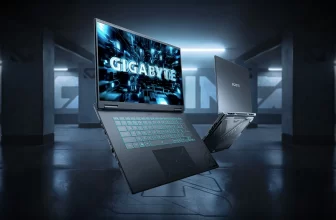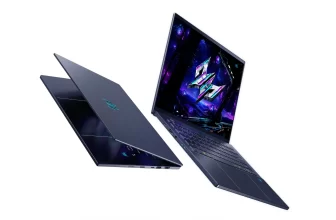
The idea of hooking up a thin-and-light laptop to an external box housing a discrete graphics card to get instant gaming performance is not new—AMD did I years ago with their XGP concept and ViDock has previously offered (and still offer) external graphics card solutions that you attach to your laptop using an express card slot. However, XPG never became the standard AMD was hoping for and an express-card slot is an increasingly rare commodity in laptops.
Sony has also jumped on the bandwagon with their latest VAIO Z series ultraportrable, but this one uses an Intel Thunderbolt port to hook up the external graphics. This is apparently what Village Instruments is working on right now. Intel’s new Thunderbolt interface (Light Peak) is only available in Apple’s MacBooks and Sony’s latest VAIO so far, but this will change in the near future as other manufacturers adopt the new standard. This could turn ViDock into a genuine plug & play solution for external laptop graphics.
In addition to providing extra graphics performance on demand, the ViDock is also a docking station where you just plug in a cord to get everything to work. It comes without a graphics card, so it’s entirely up to you to choose which one to use. There are currently three different versions to choose from: ViDock 3, 4 and ViDock 4 Plus that supports anything from basic PCIe graphics cards up to high-end cards that require dual power connectors.
Given that the ViDock supports such power-hungry graphics cards it comes with advanced power management. A control circuit detects which mode the laptop is in and adjusts itself accordingly and turns itself off when not in use. In combination with Windows 7, the ViDock will also remember what settings you used last and apply them as soon as you turn it on.
Whether the ViDock or potential competitors will turn this into something other than a niche product – even when Thunderbolt is widely available – is hard to say. It is certainly a smart alternative for those who want to have the cake and eat it too, i.e. an ultraportable laptop with desktop gaming performance. On the other hand, gaming laptops are becoming increasingly powerful and thanks to Nvidia Optimus (and similar solutions from AMD) the battery life has also reached acceptable levels. The appeal of a portable gaming machine is that it’s portable, and not only when it’s docked to a desktop device.






